Somalia
Hunger in Somalia has doubled the number of children admitted for nutrition supported by the International Committee of the Red Cross (ICRC) even with the onset of the rainy season.
In Baidoa town, this nutritional is one of few facilities where malnourished children below five years of age can access treatment in and central Somalia.
The Baidoa hospital which hosts the nutritional clinic has recorded an increase in patients, which has stretched the hospital’s capacity far beyond its 150-bed limit.
Tents have been put up to accommodate more patients.
The hospital now admitted 230 children compared to the 100 children admitted the same time, last year.
The ICRC director of operations worldwide, Dominik Stillhart, was recently in the country visiting facilities supported by the organization.
“What we saw in the two nutrition that we are supporting in Kismayo and in Baidoa, is nearly double the number of children that have been admitted to these two , which is clearly the result of the severe food crisis that is currently affecting Somalia,” he said.
Across the country, the number of malnourished children at its stabilization centers and those run by the Somali Red Crescent Society has shot up 80 percent, to 12,710.
“I have a lot of pictures of children when they come with very severe malnutrition, be it marasmus or kwashiorkor and the photos after that. The parents usually say; when we brought this child here he was dying,” said Suuldano, the nutrition supervisor at Baidoa Regional Hospital.
Across the country, the number of malnourished children at its stabilization centers and those run by the Somali Red Crescent Society has shot up 80 percent, to 12,710.
Uncertainty about sufficient rainfall during the current Gu season (April – May) has raised fears that the effects of the drought will persist and the risk of the situation deteriorating further remains very real.
Food shortages have been worsened by fighting in some areas occupied by al Qaeda-linked al Shabaab militants.
But unlike in 2011, when al Shabaab’s restrictions on movement and its refusal to allow many aid groups access pushed up the death toll, the group is allowing people to move.






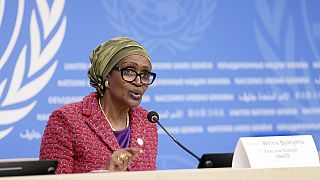
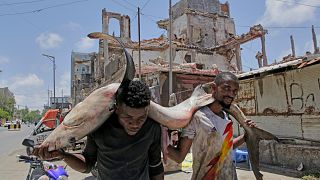
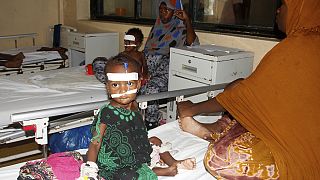
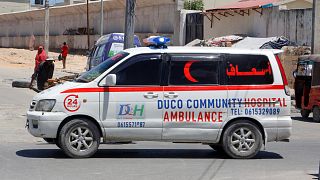
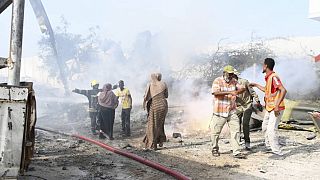

Go to video
In Kenya, 90% of packaged food needs health warning label under new rules
Go to video
South Sudan: UN warns of imminent famine
Go to video
Red Cross closes Niger offices and foreign staff leave after junta's expulsion order
01:03
Kenyan court finds two men guilty of facilitating 2019 hotel terrorist attack
Go to video
United Nations says Nigerian children in need has doubled since aid cuts
01:05
Dwindling humanitarian supplies in South Sudan put 60,000 malnourished children at risk